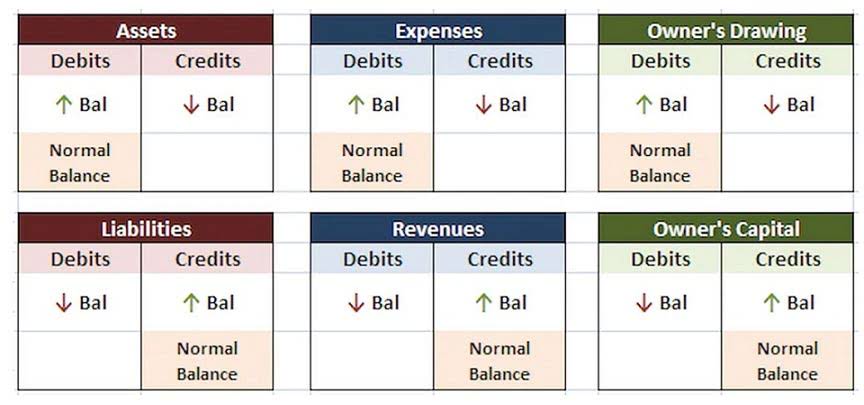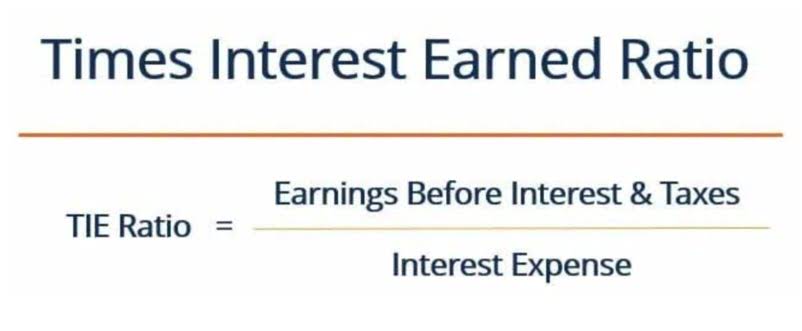Understanding Obsolete Inventory: Identification, Accounting, and Consequences
U n d e r s t a n d i n g O b s o l e t e I n v e n t o r y : I d e n t i f i c a t i o n , A c c o u n t i n g , a n d C o n s e q u e n c e s

Here are answers to some common investor queries about the significance and implications of obsolete inventory in finance and investment. Obsolete inventory, also known as dead or excess inventory, refers to stock that has exceeded its market value or useful life due to various factors like changing customer preferences or technological advancements. This section offers an in-depth understanding of obsolete inventory and the methods used by companies to manage it financially.

What is the journal entry for closing stock in Final Accounts?
This method helps companies manage fluctuating inventory levels by setting aside resources for potential write-offs. If your inventory records don’t match the actual state of your stock, it can cause problems during financial audits or tax evaluations. If your records include items that should have been written off, it might look like your business has more assets than it actually does. This discrepancy can trigger questions during an audit and complicate tax assessments. A write-down is a standard accounting obsolete inventory journal entry used to record the value of the old stock.
- Loss on inventory write-off is an expense account on the income statement, in which its normal balance is on the debit side.
- On the other hand, losses must be recognized promptly soon after the cost or expense is quantifiable — for example, the receipt of an invoice from a supplier or vendor is enough to warrant an adjustment.
- However, in today’s environment, inventory tends to become obsolete much faster due to the abundance of options available to consumers, shorter product lifecycles, and constant advancements in technology.
- The supply chain can stop functioning at any point, leading to damaged or defective products, and become unsellable as a result.
- GAAP mandates that companies record inventory at the lower of cost or net realizable value, which is the estimated selling price in the ordinary course of business.
What is the Journal Entry for Inventory Write-Down?
Inaccurate estimates for customer demand lead to overstocking and straining the business with significant cash tied up in slow-moving and excess inventory. Likewise, we can make the journal entry for writing down the damaged inventory by debiting the inventory write-down as write off obsolete inventory journal entry an expense and crediting the inventory account for the written down amount. This applies the same to the damaged inventory goods that still have some value on the market, but their value has been reduced significantly due to their damaged state. Sometimes, we may need to write off the damaged inventory goods that can no longer be sold to the customer. In this case, we need to make the journal entry of writing off the damaged inventory in order to remove the damaged inventory from the balance sheet as well as to record the loss to the income statement.

Direct Write-off Method:
Doing it right ensures that your financial records are accurate and that you’re making operational decisions based on real numbers. Properly handling write-offs keeps your financial records accurate and helps your operations run more smoothly. When you know what’s truly in stock, it becomes easier to identify slow-moving or obsolete items. This insight helps you refine purchasing decisions and prevent the buildup of unsellable goods in your inventory.

If left unattended, it can grow into a severe red flag for investors and financing institutions. It is crucial to include an Inventory analysis as part of our month-end procedures to ensure that we follow the trends with which our stock moves. Looking at those over time will give us the insight we need to improve inventory management and planning. This is because if the writing-off activity is not done in this case, the total cost of the inventory on the balance sheet will not appropriately reflect their net realizable value. Inventory write-off is an important accounting process that enables companies to accurately reflect inventory value and reduce the risk of financial misstatements.
Understanding Inventory Write-Offs: Direct Method vs. Allowance Method for Valuation Adjustments

Alternatively, if an item cannot be sold and has no residual value, it must be written off. Obsolete inventory consists of products that a company can no longer sell due to various reasons, such as a product being out of style or containing old technology. When you recognize that some of your inventory has become obsolete, you must record a write-down in your accounting records to reflect the loss of value in your inventory. This reduces your inventory account, which is a balance sheet account, and creates a loss, which you report on your income statement similar to an expense. However, there are times when the value of inventory decreases due to various Online Accounting factors such as obsolescence, damage, theft, changing market conditions, and more. In such cases, businesses need to conduct an inventory write-down to reflect the loss of value accurately.
The Accounting Equation
An inventory write-off is an accounting method used to remove items from your inventory records when they can no longer be sold. Finally, we have to ensure that inventory reserve is eliminated if the company gets rid of all inventory on balance sheet. If we do not eliminate the reserve inventory, it will show the negative balance on the balance sheet as the inventory is already zero. So when we sold all inventory on balance sheet, we have to ensure that the inventory reserve is zero too. We could simply reverse back to the income statement by credit inventory write down. In order to record inventory provision, we need to debit expense and credit inventory reserve which is the inventory contra account.
Disposal of obsolete inventory by selling at a lower price
- The ratio shows us the number of days it takes for the company to convert Inventory to Sales.
- On the other hand, the inventory such as cloth, may not expire or be damaged but it may be out of date.
- However, as businesses adapt to shorter product lifetimes and evolving market demands, understanding the implications of obsolete inventory has become more crucial than ever before.
- The accounting terms and processes of writing off inventory are a generally accepted accounting principle, but preventing inventory write-offs is much trickier.
- This section will delve deeper into some case studies that showcase the significance of inventory write-offs.
- The primary purpose of this account is to account for the difference between the original cost recorded for the inventory and its current market value or book value.
Companies manage obsolete inventory by establishing a provision for obsolete inventory (POI) or an obsolete inventory reserve account to absorb the losses due to inventory obsolescence. The contra asset account is netted against the full inventory asset account, helping to arrive at the current market value of inventory or book value. This predicted drop in inventory value is credited to a separate contra asset account (i.e., inventory reserve or allowance for obsolete inventory) which offsets the inventory line item in the balance sheet. The issue stemmed from incorrect accounting for markdowns and write-offs for obsolete inventory. The company’s policies allowed store employees to mark down or write off inventory without proper documentation, resulting in a misapplication of the allowance method.
- It is essential for companies to carefully manage their inventory to minimize the risk of write-offs and optimize their financial performance.
- However, they have to access the inventory valuation before making a conclusion, Auditor will access the management valuation and its reasonableness.
- If your records include items that should have been written off, it might look like your business has more assets than it actually does.
- As an example, suppose a business has a product in inventory which cost 1,000, and has decided that due to a decline in the market for the product, its value is estimated to be worth 700.
- For example, failing to remove items that are damaged, obsolete, or otherwise unsellable from your books means your inventory value will be higher than it should be.
- Data-backed inventory replenishment decisions can reduce the amount of dead stock you have as well as inventory carrying costs.
The inventory write-off affects the three financial statements by reducing the reported value of a company’s inventory in the current assets section of the balance sheet. The allowance method for inventory write-offs is a popular alternative to the direct write-off method for expensing obsolete or damaged inventory items. This method is also referred to as the “perpetual inventory system” due to its continuous recording of inventory transactions and adjustments. In this section, we will explore how the allowance method works, its advantages, disadvantages, and Catch Up Bookkeeping journal entries. Inventory write-off can also affect financial ratios used to evaluate a company’s financial performance.

Katerina Monroe
@katerinam • More Posts by Katerina
Congratulations on the award, it's well deserved! You guys definitely know what you're doing. Looking forward to my next visit to the winery!
